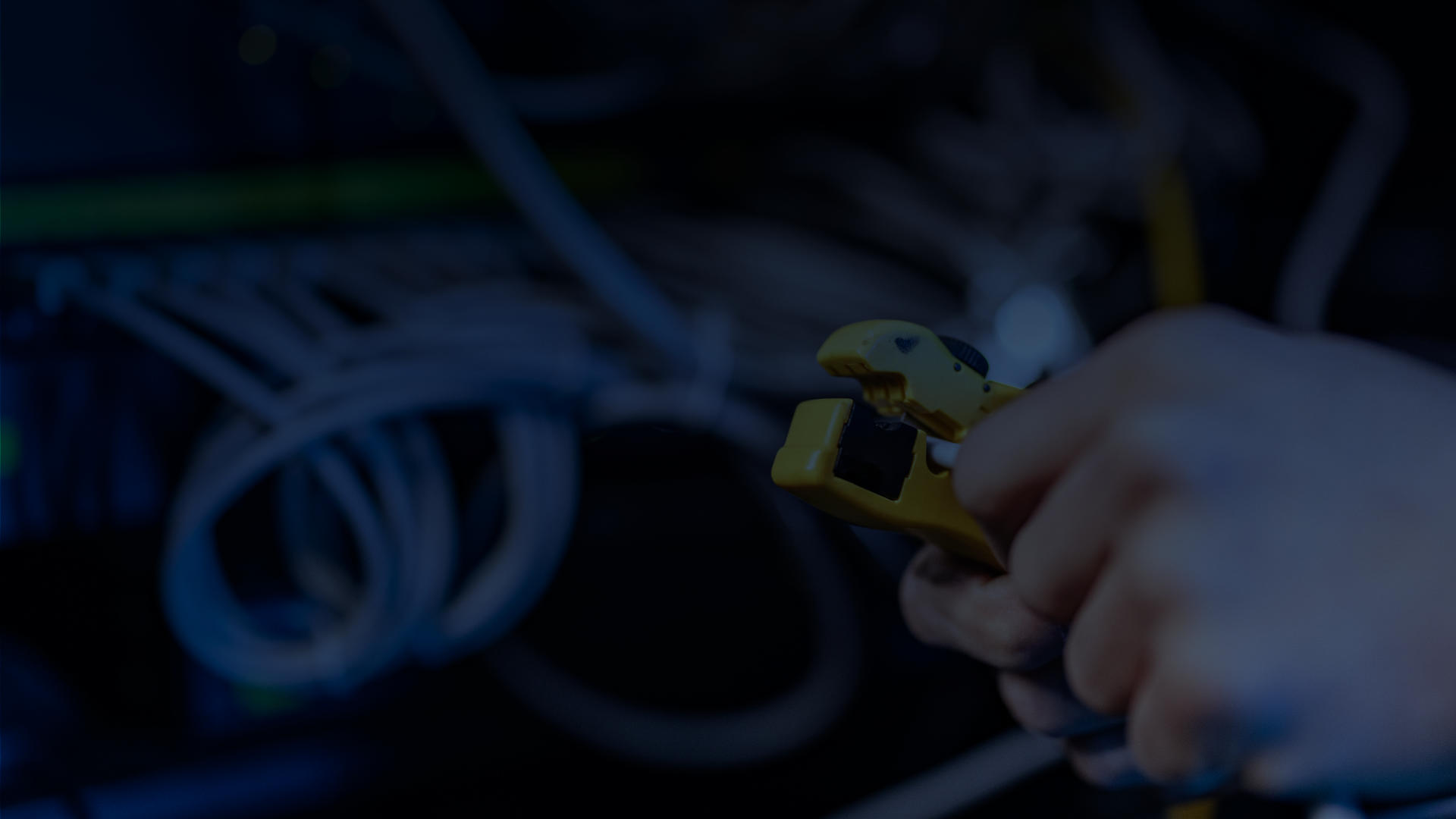Data Cabling
Our team is proficient in using data cabling to connect multiple devices within an IT network, ensuring seamless communication and data transfer.
Copper Cabling:
- CAT5e: Supports speeds of 10/100/1000 Mbps over distances up to 100 meters.
- CAT6: Supports speeds up to 10 Gbps over distances up to 100 meters.
- UTP (Unshielded Twisted Pair): Enhanced shielding for added protection.
- FTP (Foiled Twisted Pair):
High return loss can interfere with the transmitted signal, causing data errors and reducing the efficiency of the fibre optic link. It can also potentially damage the transceiver laser source. Therefore, measuring and minimising return loss is crucial for maintaining a high-performance fibre optic network. - S/UTP & F/UTP:
Offers maximum protection from interference.
Fibre Optic Cabling:
- Data cabling is crucial for establishing and maintaining a reliable network infrastructure, ensuring devices like computers, servers, and phones can effectively communicate.
- OM1-5: Supports speeds from 10 Mbps to 10 Gbps over distances of 500 meters to 2 kilometres, depending on the speed.
- Flexible Glass Tubes:
Fibre optic cables are made from flexible glass tubes, ensuring high-speed data transmission over long distances.
Data Cable Testing
- Data cable testing is essential to verify the integrity and performance of network cabling systems.
- Key aspects of data cable testing include:
- Cable Length Testing: Ensures cables are not excessively long, which could lead to signal degradation, or too short, which could present installation challenges.
- Wire Mapping: Verifies that all connectors and jacks are correctly aligned to guarantee smooth data transmission.
- Cable Certification Testing: Confirms the installed cabling meets industry standards such as TIA/EIA.
- Network Analysis: Assesses network performance, identifies bottlenecks, and ensures optimal data flow.
- Fibre Optic Testing: Checks signal strength, light loss, and overall fibre integrity.
- Attenuation Testing: Measures signal loss along the data cable.
- NEXT Testing: Evaluates signal interference within the cable.
- Return Loss Testing: Identifies quality issues in cables that could affect performance.
- Insertion Loss Testing: Detects cables that exceed length limits or exhibit poor quality.
- Proper testing ensures efficient and accurate data transmission, minimising risks like data loss, signal interference, and downtime. Regular testing is vital for maintaining network integrity and reliability.
